Valletta, the capital city of Malta and UNESCO World Heritage Site, is a treasure trove of history, stunning architecture, and picturesque views. To help you make the most of your visit, I’ve thoughtfully crafted an itinerary to guide your exploration in just one day.
Table of Contents
About Valletta: Everything You Need to Know
Valletta, built by the Knights of St. John on a peninsula of less than one square kilometer, is one of the smallest capitals in the world. The city boasts beautiful baroque buildings crafted from golden stone, and it’s a UNESCO World Heritage Site due to its historical significance.
PLAN YOUR TRIP TO MALTA
To get the most out of your visit to Malta, enjoy the convenience of the all-inclusive Malta Multi Pass. It includes open-top bus rides, cruises, and entry to Heritage Malta and other attractions.
During your trip, you can stay in touch with family and friends with Holafly eSIM and enjoy an unlimited connection at 3G/4G/LTE speeds.
Renting a car in Malta allows you to explore any beach or attraction at your own pace. Plus, you can travel with confidence by securing Heymondo travel insurance, ensuring that your adventures are worry-free.
Beyond its rich history, you can also appreciate modern structures designed by Renzo Piano and enjoy the stunning panorama of the coastline. Valletta can serve as a destination in itself or as a base for exploring the nearby Three Cities via a boat trip.
If you’re planning a romantic getaway or a solo cultural trip, you might want to spend more time in Valletta. In fact, there are more museums and historical buildings to visit, such as the National Museum of Archeology, the Malta Postal Museum & Gallery and the National Library.
We stayed in St. Paul’s Bay and not in Valletta, as our trip to Malta was more focused on family time than cultural exploration. However, we made sure not to miss the most interesting attractions in Valletta.
The city center is completely pedestrian-friendly, making it easy to explore with kids. Below, you can read what you can see and do in Valletta in just one day, based on our itinerary.
Morning: Valletta’s Architectural Wonders and Sacred Beauty
We arrived in Valetta early, to start our morning by exploring the impressive works of Renzo Piano, a renowned architect celebrated for his modern designs that harmoniously blend with their surroundings.
Discovering the innovative architectural styles and transformative spaces that Piano has contributed to Valletta is simply amazing. The City Gate, the Parliament Building, and the Royal Opera House perfectly complement the rich historical context of the city.
Next, make your way to the iconic St. John’s Co-Cathedral. This masterpiece of Baroque architecture is not just a place of worship but also a gallery showcasing exquisite art. Inside, you can see Caravaggio’s famous painting, “The Beheading of Saint John the Baptist.” The intricate details of the interior, from the ornate chapels to the stunning marble floors, will leave you in awe. Take your time to absorb the beauty and history contained within these walls.
Before lunch, dive deeper into Valletta’s rich history with a visit to the Grand Master’s Palace. Once the residence of the Grand Master of the Knights of St. John, this palace now serves as the Office of the President of Malta and the House of Parliament. As you wander through its ornate halls and impressive rooms, you’ll gain insight into the significant events that shaped Malta’s past.
Valletta City Gate
Valletta City Gate is the grand entrance to Malta’s capital, showcasing a blend of historical significance and modern design. Originally constructed in the 16th century, the Gate has undergone several renovations, with the most recent completed in 2014, spearheaded by renowned architect Renzo Piano.
We loved its modern facade contrasts with the surrounding baroque architecture. The two 25-meter-high metal plates on the sides of the entrance recall the sabres of the Knights of Malta. Our impression was that of crossing a bridge rather than an access door.
Overall, the contrast between ancient and modern is truly fascinating. You’ll appreciate it even more when you enter the city and come across the other buildings designed by Renzo Piano.
City Gate
Republic St, Valletta, Malta
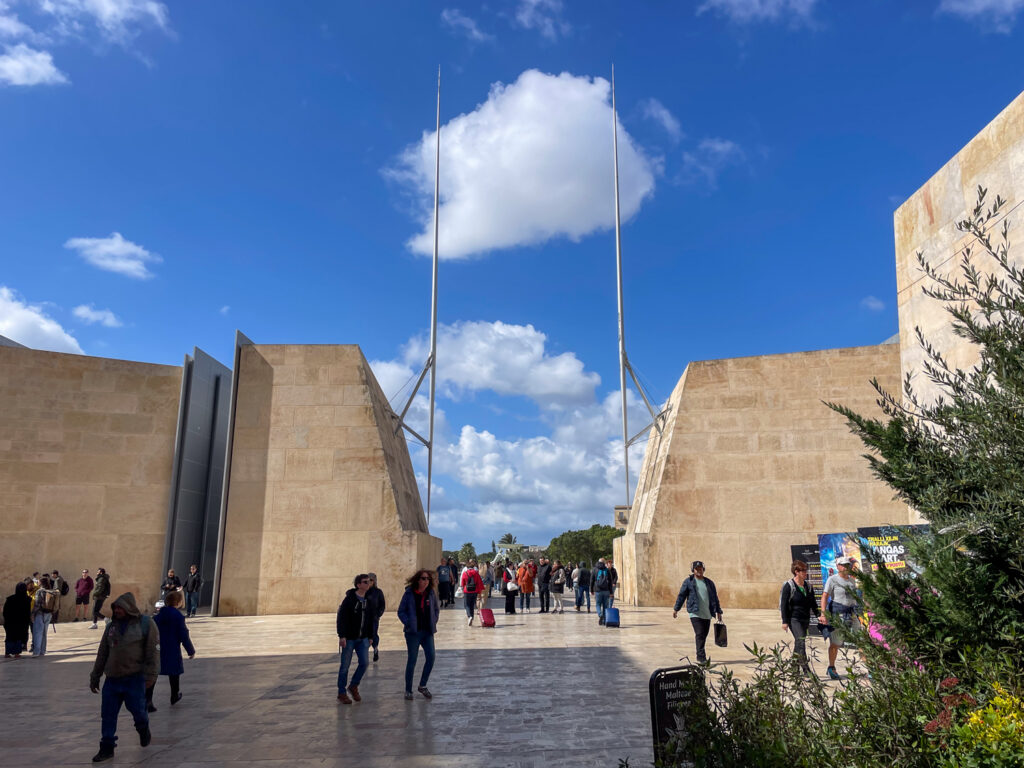
Parliament Building
The Valletta Parliament Building, designed by the renowned architect Renzo Piano, stands as a symbol of modern architecture that harmonises with Malta’s rich history. The building consists of two large stone cubes that appear suspended in mid-air, resting on pillars.
Completed in 2014, its facade showcases a unique interplay of light and shadow. The stones are machine-cut to allow sunlight to filter through, and the roof is covered with solar panels that provide electricity and air conditioning for the entire building.
The building accommodates the House of Representatives and the Senate, serving as a functional space for democratic governance. Although we didn’t go inside, the exterior alone is a must-see for any architecture enthusiasts.
Parliament Building
Freedom Square, Valletta, VLT 1010, Malta

Royal Opera House
The Valletta Royal Opera House, originally inaugurated in 1866, was a stunning architectural marvel located in the capital of Malta. Designed by the renowned architect Edward Middleton Barry, it became a cultural cornerstone, showcasing operas, ballets, and concerts.
However, in 1942, during World War II, an air raid destroyed the Opera House. The remaining skeleton of the building now serves as a memorial and frames the new open-air theatre. Scenic seating is positioned above the ruins.
The new structure hosts a variety of performances. If you’ll spend more time in Valletta and are interested in the cultural scene, check Pjazza Teatru Rjal for the local events.
The Royal Opera House
Triq Ir-Repubblika Casa Cassar Il-Belt Valletta, VLT 1050, Malta

St. John’s Co-Cathedral
St. John’s Co-Cathedral is located in the heart of Valletta. Designed by Gerolamo Cassar and built in the 16th century, it served both as a place of worship and a symbol of their power. It replaced the Church of St. Lawrence in Vittoriosa as the primary place of worship for the Knights of Malta.
The Co-Cathedral is an attraction you won’t want to miss when visiting Malta. I was personally left speechless by its richly decorated interiors.
The plain facade of St. John’s Co-Cathedral contrasts sharply with its baroque interior, restored in the 17th century. Inside, every wall has gilded decorations, and there are eight chapels along the sides of the nave.
Each chapel is dedicated to different nationalities of the Knights of Malta. All of them showcase intricate frescoes and statues, along with a remarkable ceiling painted by Mattia Preti. The floor is made of richly inlaid marble. Both the floor and the chapels serve as burial sites for the Knights.
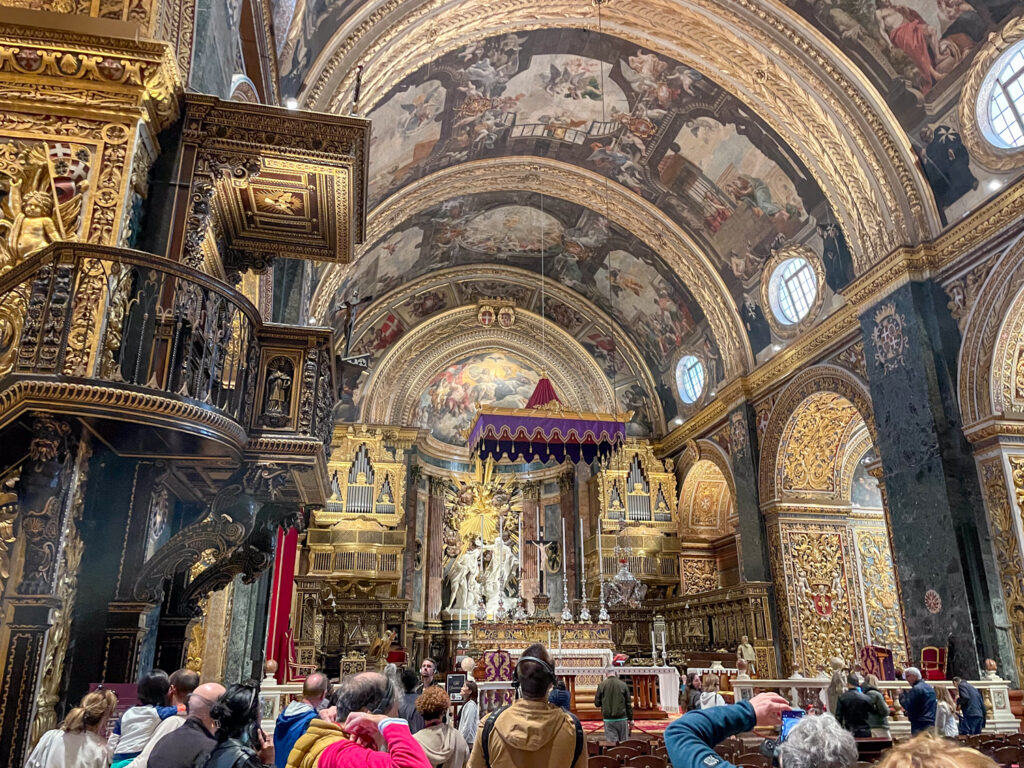
Caravaggio Paintings
A highlight of St. John’s Co-Cathedral is the masterpiece “The Beheading of Saint John the Baptist” by Caravaggio, which attracts countless visitors each year. This painting, located in the oratory, is one of Caravaggio’s most famous and darkest works.
On the upper floor, you can view another painting of Caravaggio “The Portrait of St. Jerome” and the installation “Meet Caravaggio”, which further explains the paintings.
Tickets to visit St. John’s Co-Cathedral cost €15 and include an audio guide. The co-cathedral is often very crowded, and there is usually a line at the entrance. For this reason, I recommended purchasing tickets online in advance through the official website.
For a more immersive experience, consider attending Valletta Resounds: The Caravaggio Experience. This live show combines Caravaggio’s masterpiece with theatrical storytelling and timeless classical music.
St John’s Co-Cathedral
St John’s Square, Valletta, VLT 1156, Malta
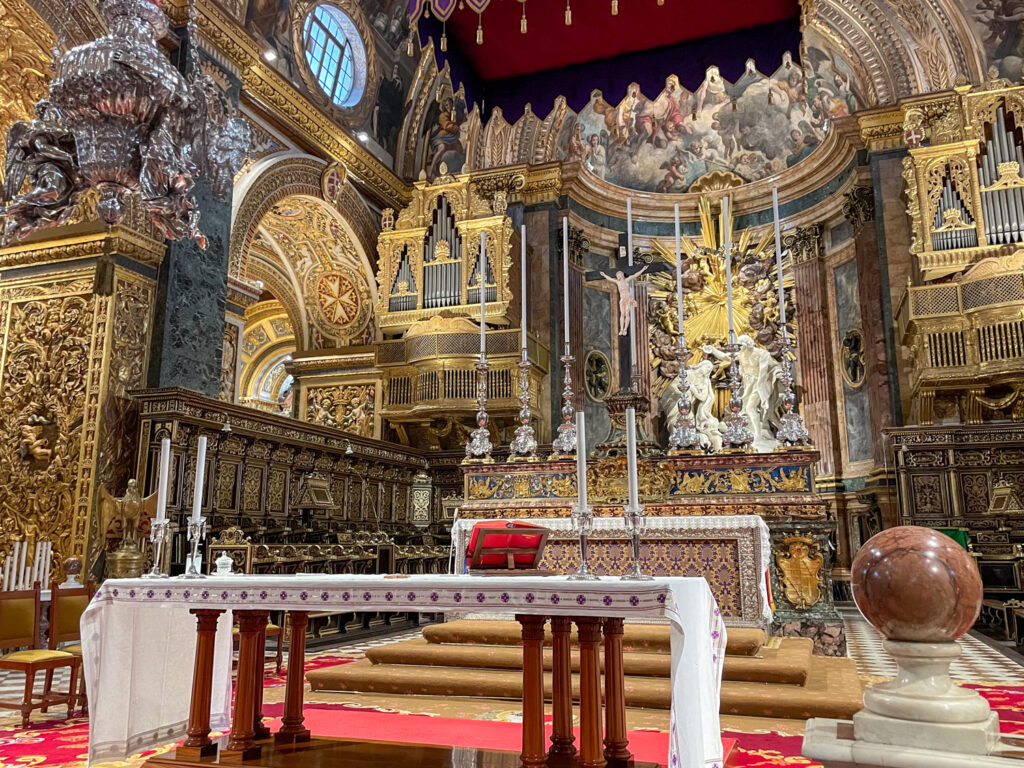
Grand Master’s Palace
Recently restored, the Grand Master’s Palace invites visitors to explore its 450-year history as a center of power and a symbol of a nation. Once the residence of the Grand Master of the Knights of St. John, it was the first building constructed by the Knights in the new capital city. It was expanded over the years, and it’s truly impressive.
During the British period, the palace served as the Governor’s Palace and was the seat of Malta’s first constitutional parliament in 1921. Today, the Palace is the official residence of the President of Malta.
Inside, you can explore the opulent halls and impressive rooms, including the Uccelliera, the Piano Nobile corridors, and the restored State Rooms. These include the Grand Master’s Study/Sitting Room, the Throne Room, the Pages’ Room, and the Ambassadors’ Room.
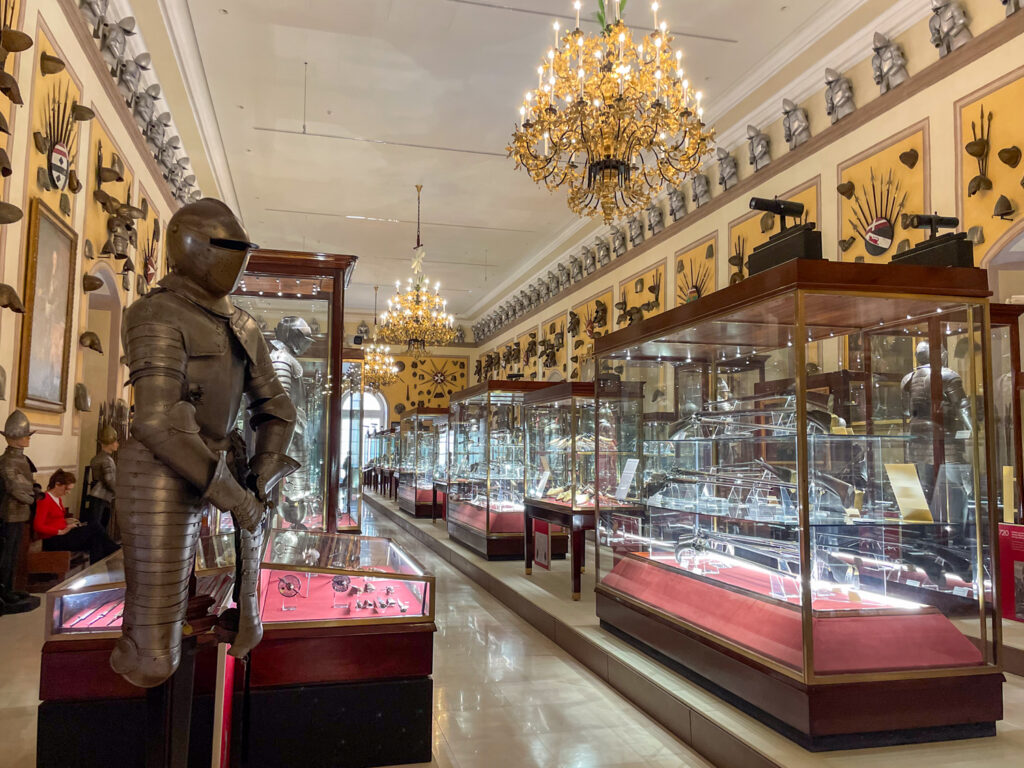
The Armory houses a collection of weapons from the Knights’ era within its original hall, which was formerly the Parliament Chamber. The collection showcases the opulence of the Order of St. John, a defender of the Catholic faith against the attacks of the Ottoman Empire. It features the armor suits of Grand Masters Alof de Wignacourt and Jean de Valette, as well as Ottoman armor, weapons, and a selection of artillery pieces.
Among the State Rooms, you can enjoy the narrative of the Great Siege of 1565, painted by Matteo Perez d’Aleccio. There are also late 18th-century Baroque illusionistic ceiling paintings that sought to emulate the great aristocratic courts of Europe.
Tickets for the Grand Master’s Palace cost €12 per adult. There are discounts available for children, teenagers, and people aged 60 or above. Entry to the Grand Master’s Palace is included in the Heritage Pass, as it is part of Heritage Malta.
Grand Master’s Palace
St George’s Square, Valletta, Malta
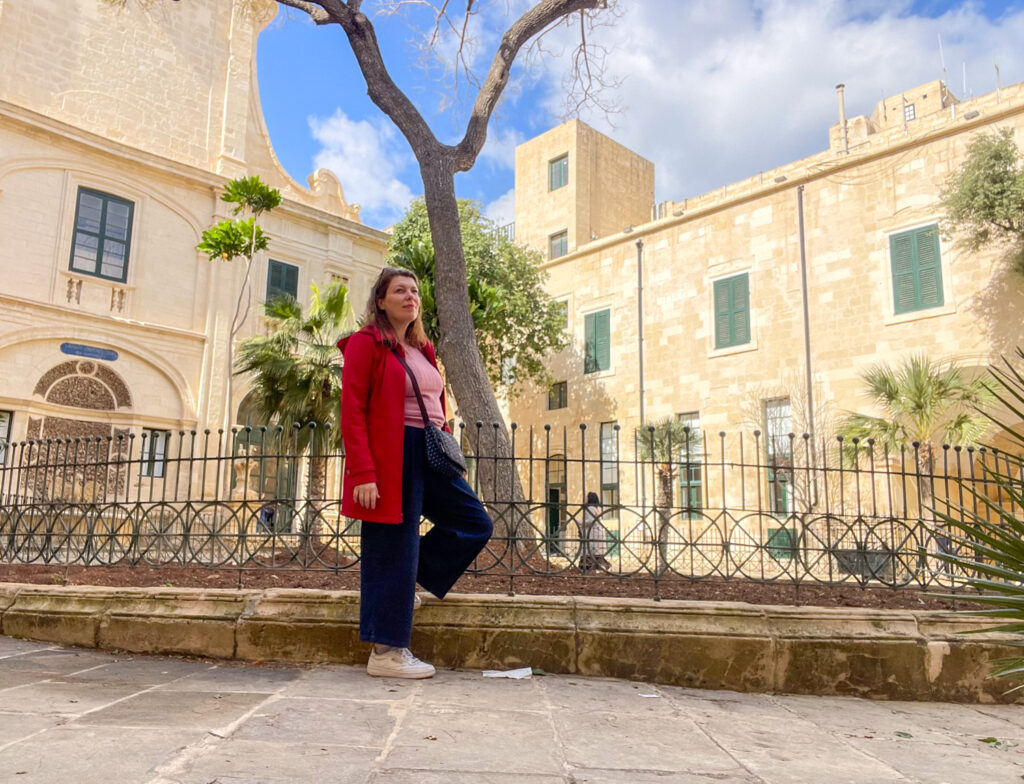
Lunch: A Taste of Local Flavors in Valletta
After a morning of exploration, we head to Angela’s Valletta, a restaurant known for its local cuisine. Here, you can savour local dishes in the city centre, just a few blocks from the most touristic destinations.
We chose Angela’s Valletta for lunch because it was one of the few Maltese restaurants with good reviews. Unfortunately, many restaurants in the centre, especially those around the Co-Cathedral, are very touristy, with few truly traditional dishes.
I tasted qarnit bit-tewm u l’hwawar, octopus simmered in garlic, tomato sauce, olives, capers, white wine and basil. My son instead tried tarja moqlija, a pasta fritter cooked with eggs, cheese, garlic and parsley. We both enjoyed our dishes. The coffee was pretty good, too.
Angela’s Valletta
84 Triq San Gwann, Il-Belt Valletta, Malta
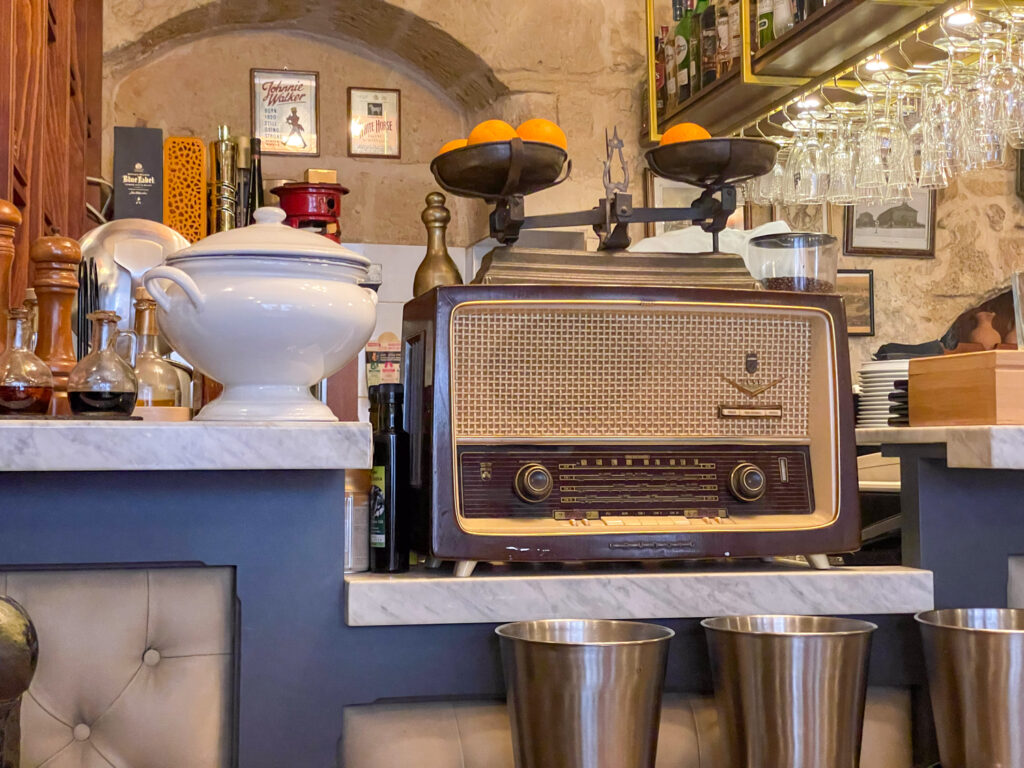
Afternoon: Valletta’s History and Scenic Views
In the afternoon, we spent time at the Upper Barracca Gardens, enjoying the splendid views across the Grand Harbour to the Three Cities on the opposite side of the bay. After that, we headed to military sites managed by the Malta Heritage Trust, known in Maltese as Fondazzjoni Wirt Artna (FWA).
The foundation oversees a diverse array of military sites and buildings that span an uninterrupted period from the 16th century to the Cold War. It has also established eight military museums in Malta. In Valletta, they manage the Saluting Battery, the Lascaris War Rooms, and the War HQ Tunnels.
Travelling with my son, I wasn’t able to visit all of these sites in one day. After seeing St. John’s Co-Cathedral and the Grand Master’s Palace, I didn’t want to spend additional hours in museums on the same day. We only observed them from the outside. However, this one-day itinerary could work perfectly if you travel solo, with other adults, or with older kids.
If you’re interested in visiting the following sites, I recommend buying the Multi-Site Heritage Pass. You’ll save a lot of money with this combined ticket. It’s valid for one week upon first use, giving you one-time access to Saluting Battery, Lascaris War Rooms, War H.Q. Tunnels, Malta at War Museum, Malta Time Gun Museum, Fort Rinella, St Peter’s Galleries, and St Thomas Tower.
You can buy the Multi-Site Heritage Pass from the official Malta Heritage Trust Fondazzjoni Wirt Artna (FWA) website. Just be careful not to confuse it with the Heritage Pass that gives you access to Fort St. Elmo, the Hagar Qim Temples, St. Paul’s Catacombs, unlimited use on the hop-on hop-off bus, harbour cruise of Valletta and the Three Cities, and more. They have similar names, but they are different passes.

Saluting Battery
From the Upper Barrakka Gardens, you can walk down to the terrace below to visit the Saluting Battery. There, once cannon shots were fired to greet incoming ships. These shots are still fired by guards in traditional uniforms twice daily, at midday and 4:00 pm. Tickets cost €3 for adults and just €1 for children.
Saluting Battery
Battery Street, Valletta, VLT1221, Malta
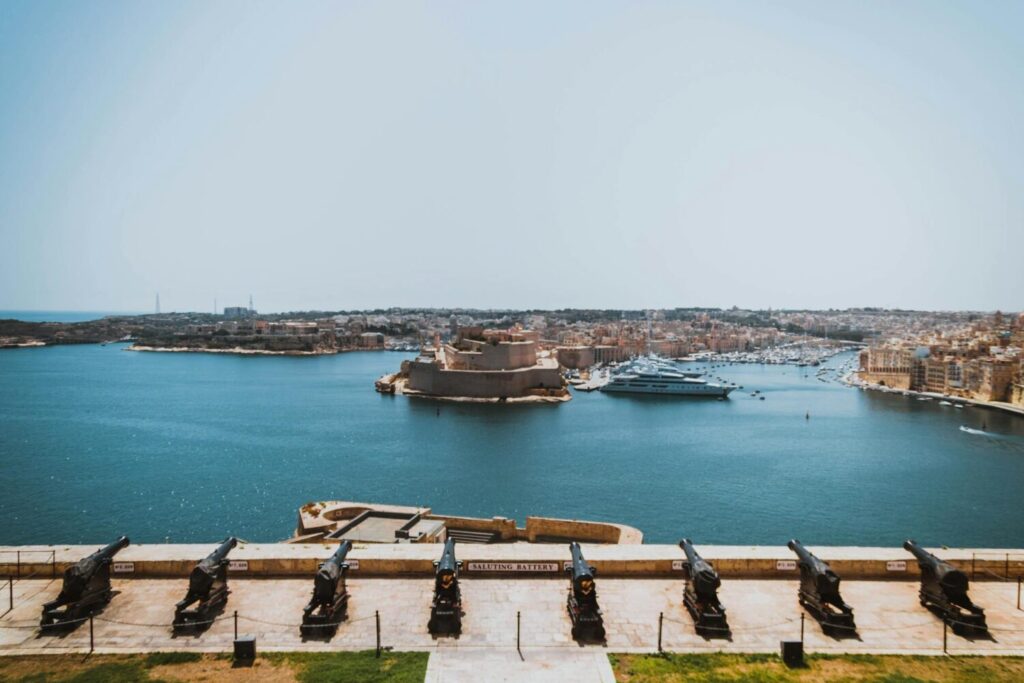
War HQ Tunnels
The War Headquarters Tunnels are under the Upper Barracca Gardens in Valletta. They were built in 1940 to protect the Combined War Headquarters from aerial attacks.
The complex included the Fighter Sector Operations Room, used during the Battle for Malta from 1940 to 1943, as well as other operation rooms and support facilities. After the war, NATO used the tunnels until 1977 to track Soviet submarines in the Mediterranean.
The tunnels cover about 38,000 square meters and were essential for Malta’s defence in the Mediterranean campaign.
You can enter the tunnels through the Saluting Battery. Guided tours are available twice a day: one at 10:30 am and another at 2 pm, starting from the Lascaris War Rooms. Tickets cost €17 for adults and €7 for children.
War HQ Tunnels
Access via: Saluting Battery, Battery Street, Valletta
Lascaris War Rooms
The Lascaris War Rooms are located 40 meters below the Upper Barrakka Gardens. They opened for Operation Husky, the Allied invasion of Sicily during the Second World War and stayed in use until 1977.
The War Rooms include a complex network of tunnels and chambers. They served as the Combined War Headquarters for British forces in Malta. The War Rooms played an important role in defending the island against enemy attacks during the WWII.
After the war, the rooms were shared with NATO’s HAFMED until 1970 and used until July 1977. Inside the Lascaris War Room you can see maps, control panels, and desks. There are items from the Royal Navy, the British Army, and the Royal Air Force. All these stuff were used by Allied forces used during the war.
The rooms are impressive, but you need to climb many steps to reach them. Tickets cost €20 for adults and €7 for children.
Lascaris War Rooms
Lascaris Ditch, VLT 2000, Valletta, Malta
Where to stay in Malta
The best areas to stay in Malta are St. Julian’s, St. Paul’s Bay, and Valletta. St. Julian’s is well-known for its vibrant nightlife, making it an ideal spot for those looking to enjoy evening entertainment. A great place to stay in St. Julian’s is the stunning Mercure St. Julian’s Malta.
Valletta, the walled fortress city and capital of Malta, is filled with beautiful churches, museums, and palaces. I recommend Valletta for a romantic city break, and the luxurious AX The Saint John is the best hotel for an unforgettable stay.
St. Paul’s Bay is perfect for family trips, as it offers a calmer atmosphere compared to St. Julian’s and Valletta, along with several great playgrounds for children. For accommodation, you can choose the Best Western Premier Malta.
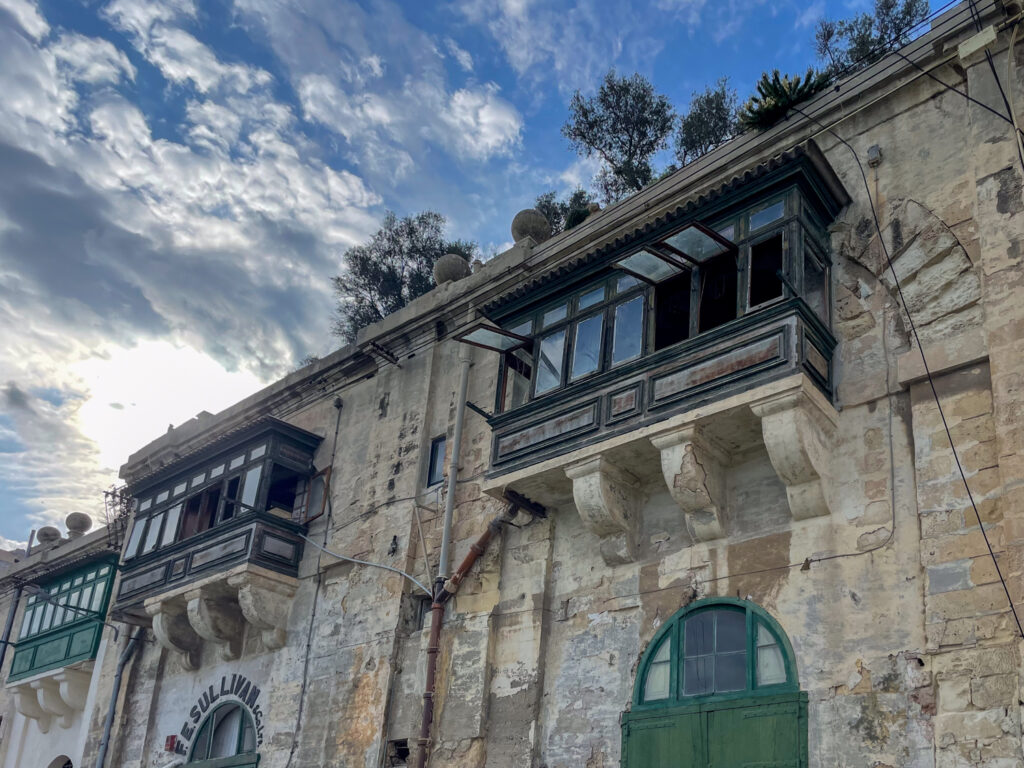
Final Thoughts on How to Embrace the Essence of Valletta in Just One Day
A day in Valletta offers a fantastic blend of architectural wonders, rich history, and breathtaking views. Our itinerary ensures that you’ll experience the best of Malta’s capital city.
If you’re interested in a deeper exploration, I recommend taking a walking tour of Valletta. Your guide will provide insights about this World Heritage City, highlighting the details behind each Baroque masterpiece as the old architecture harmonizes with the new.
Valletta is really a nice city worth visiting. You might want to explore it because it’s a UNESCO World Heritage Site, you’re curious about one of the smallest capital cities in the world, or simply because you want to see a Caravaggio painting. But I’m pretty sure you’ll end up appreciating the contemporary touch of Renzo Piano’s buildings alongside the historic tunnels and secret war rooms from World War II, as we did.
We had a great time there, and the extensive pedestrian areas make it easy to explore Valletta with children. Feel free to share your thoughts in the comments!
